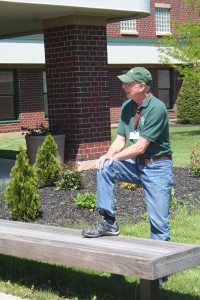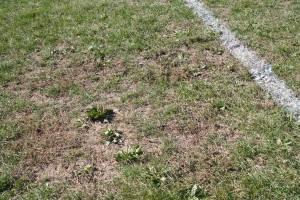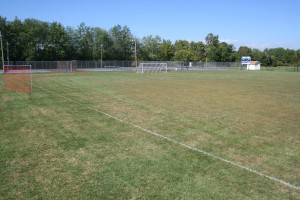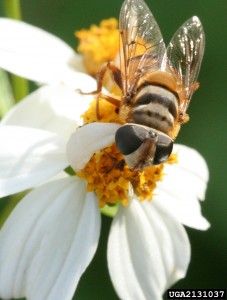Do you work for a school district served by Orange-Ulster BOCES? Join the NYS IPM Program of Cornell University and Orange-Ulster BOCES for a seminar on implementing integrated pest management within schools and on the grounds.
There is no fee for the workshop, but pre-registration is requested. Contact Jack DeGraw, Health and Safety Coordinator, Orange – Ulster BOCES at john.degraw@ouboces.org or 845-781-4887.
WHERE
AGENDA
8:00 – 8:30 Registration
8:30 – 9:00 Tenets of School IPM – Lynn Braband, NYS IPM Program
Introduction to the concepts and tools for successful integrated pest management programs on school properties. Learn how to make your pest management program more efficient and effective, and how to comply with school-related laws and policies.
9:00 – 9:45 Regulatory Update – Catherine Ahlers, NYS Department of Environmental Conservation
Presentation of state regulations impacting pest management on school properties.
9:45 – 10:00 Break
10:00 -11:00 Turf and Grounds IPM – Joellen Lampman, NYS IPM Program
A discussion of IPM approaches for athletic fields, lawns, and non-turf areas such as fencelines, sidewalks, and curbs. Cultural techniques for minimizing weed populations, such as heavy overseeding, will be featured along with methods for assessing insect populations. Techniques for preventing insect and weed infestations as well as pest management products allowable for use on school grounds will be reviewed.
11:00 – 12:00 Structural Pest Management – Lynn Braband, NYS IPM Program
A description of implementing IPM for management of rodents, ants, cockroaches, and other pests in school buildings. This session will include discussions of inspections, sanitation, prevention, control options for common structural pests, and record keeping.
12:00 – 12:30 Walk-Through Exercise – Lynn Braband and Joellen Lampman, NYS IPM Program
Interactive session where we will conduct a casual on-site inspection, discussing pest management aspects of situations encountered.




